It is common to find biographies and photographer’s statements when visiting a photographer's work. Both pieces of text are part of a larger body of work – the photographer’s portfolio. It is also common for people to confuse the biography with the statement, and some even confuse these texts with something like a CV, or an actual CV.

If we want to grow in a disciplined way as photographers, we must be able to translate the real meaning and intention of our photographs into words. It is not enough to just publish photographs with quasi-poetic titles and captions. That’s why I’ve decided to talk about these important assets in the career of any passionate photographer (you already know that I lump professional and amateurs photographers into the same category since the only thing that matters is their passion and commitment to photography itself).
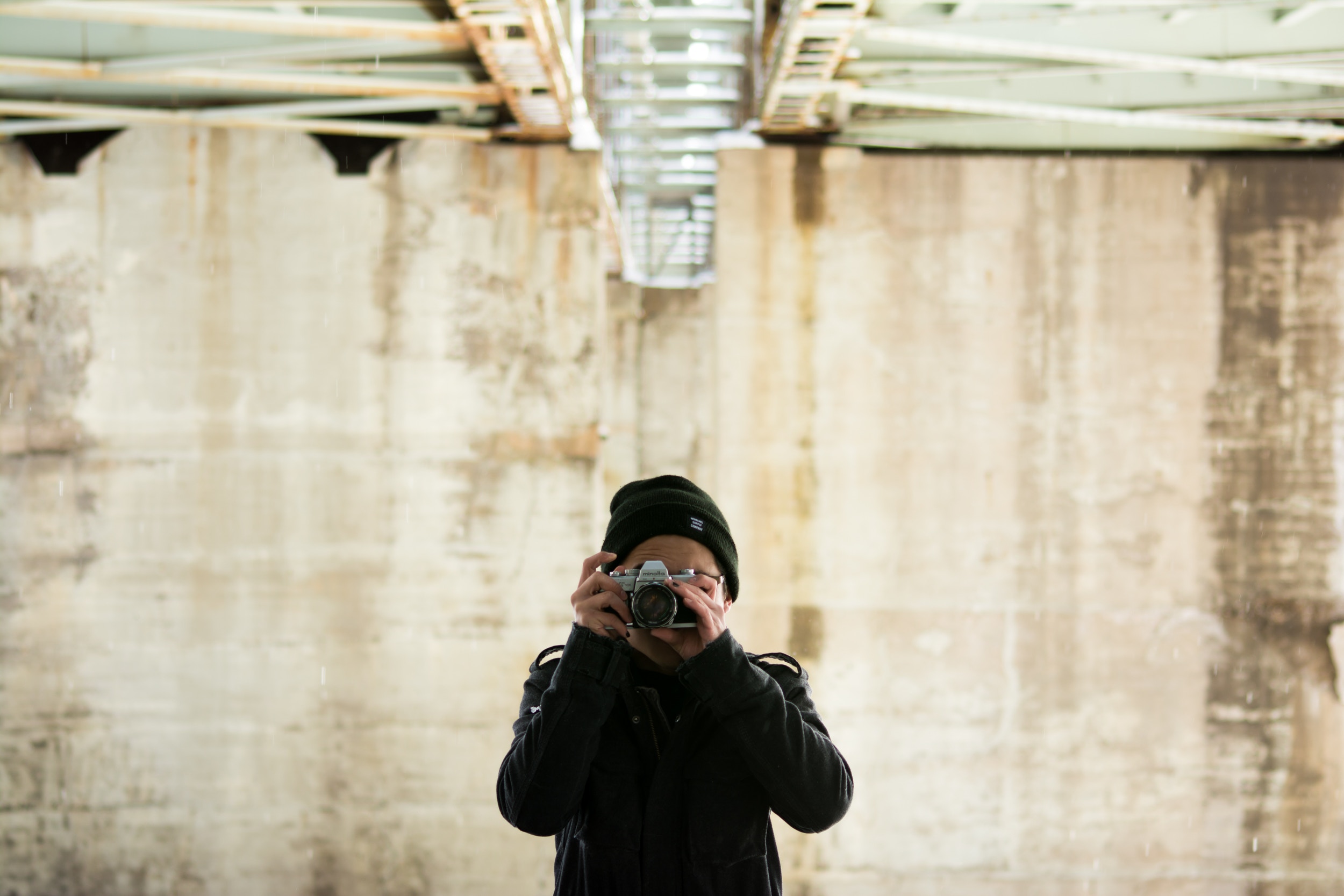
The most obvious difference between the two texts is that the biography is written by a third person (or at least in a voice that reflects it), while the statement is in the photographer's own voice.
What Exactly Is A Photographer's Biography?
The photographer's biography is derived from the literary genre of biography. Etymologically, “biography” is a compound of two Greek words, “bios” and “grafein“, which mean “life” and “write”; ergo, a biography is the written history of somebody's life.
A photographer's biography focuses in most cases on the different milestones in the photographer’s career. It is for this reason that many details are not included in a photographer’s biography, especially if the individuals in question are still alive and have not left an important and meaningful contribution to photography.
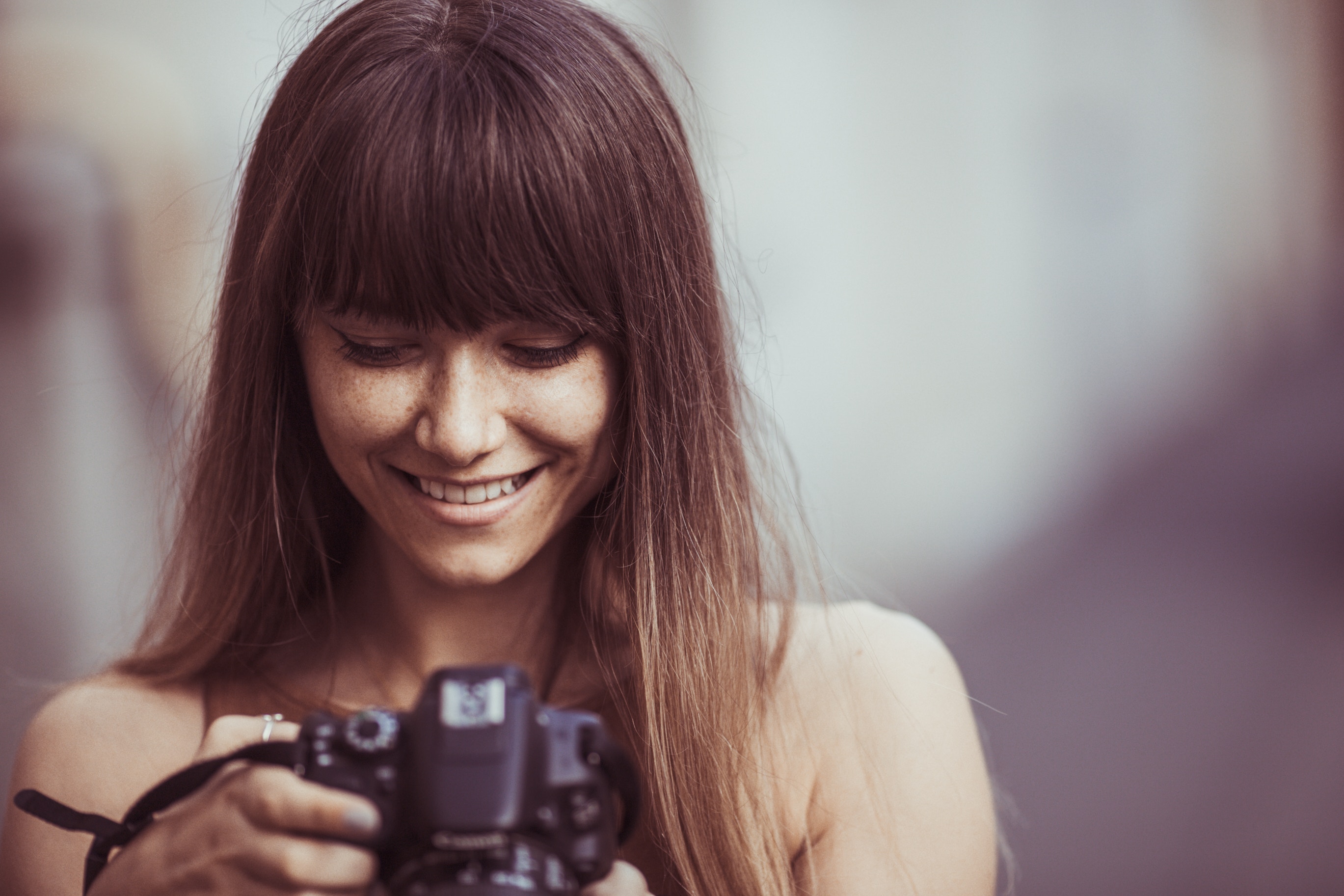
Nowadays, many photographers feel they need to write a biography – not only for personal reasons but also because of various requests they get from different institutions they come into contact with. It doesn't matter whether the institutions are academic, cultural or even blogs; even contests ask for a photographer's biography as a standard requirement.
I remember the first time I had to write my own photographer’s biography. I made the mistake of putting together something more like a CV than an actual bio. It was written to get access to a “RAW Developing” course with a professor named Andy Goldstein. The course was taught in the cultural section of the Spanish embassy in my country, and it was totally free. The only price attendees had to pay was the submission of a photographer's biography and a motivation letter or something like that. Fortunately, they were flexible, because I gave them nothing like an actual biography.
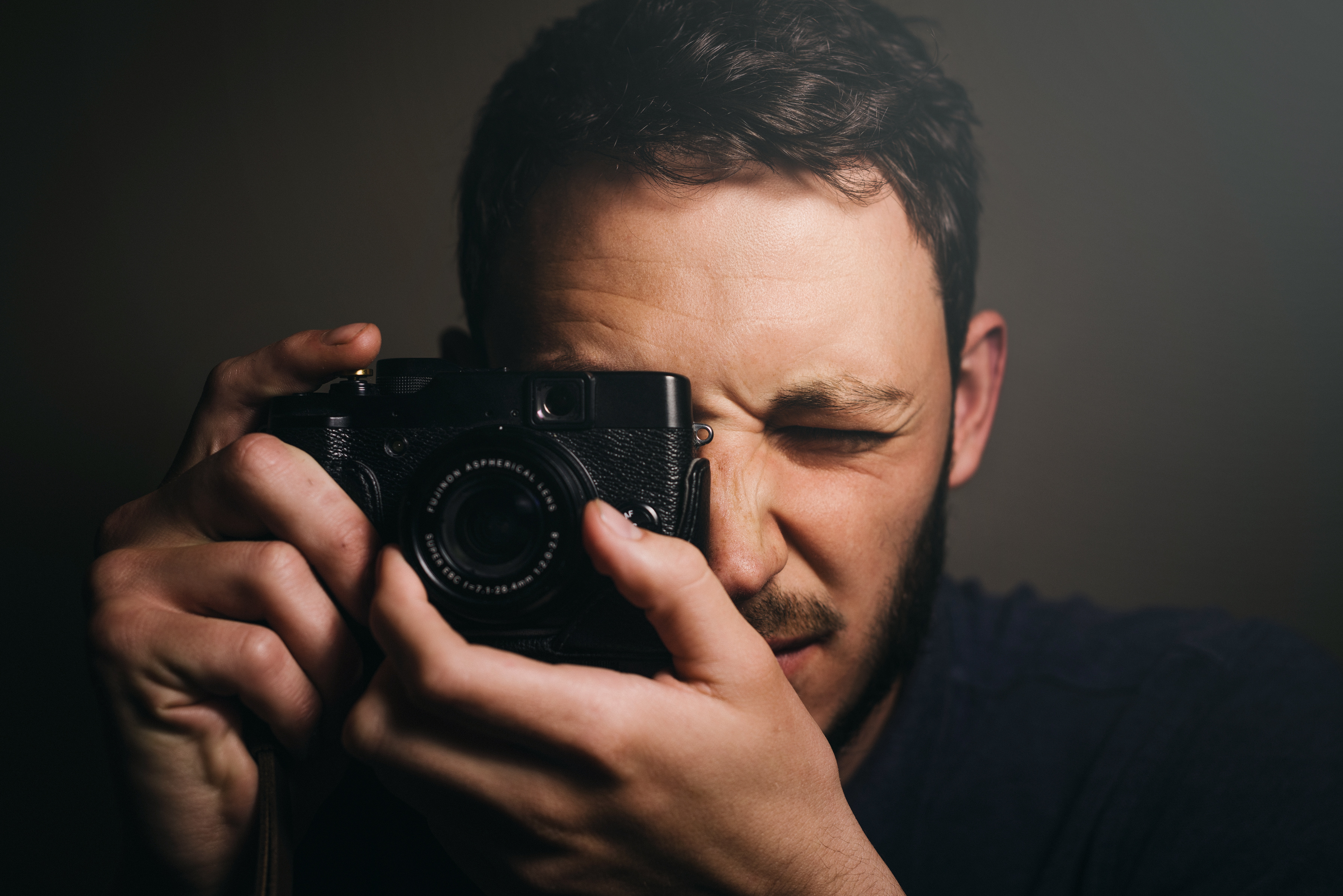
The second time I had to write my biography (this time I had a better idea what it was and I wrote something less clumsy) was for a Spanish blog that is well-known in the Spanish-speaking community of photographers.
This blog’s purpose is to present a photographer on a daily basis, so the site has certain requirements besides the bio, like a consistent portfolio and a meaningful presence on the web.
Today my photographer’s bio reads like this:
Federico Alegría (1989 – )
Federico Alegría is a Social Photographer who keeps watchful eye on his compositions and exhibits a precise sense of dynamism. He achieves it through the actions of his subjects and the tension generated by the constant inclusion of lines in his images. He is passionate about capturing unseen and everyday situations in different social contexts such as streets, public transportation, rural landscapes and the intimacy of people's lives. He defines himself as a Social Photographer with help from various peers all over the globe and believes that Social Photography is an organic blend of:
- Candid Street Photography
- Street Portrait Photography
- Documentary Photography
- Photojournalism
He also believes that there is no exact recipe for making social photography and that gaining people's trust is the most powerful tool for capturing the meaningful stories he pursues.
What You Should Avoid When Writing Your Own Bio

A lot of people like to have fun and they write their bios with a sense of humor. This is okay, but I'm not like that, so I don't like doing it. But I do enjoy reading creatively written bios. So:
- Avoid creating a CV or a timeline that shows only your milestones and achievements.
- Don't get cocky, because even the great masters weren't behind their own bios. Historians and anthropologists are the ones responsible for saying whether you made a great contribution to photography, not you.
- Don't fill your bio with irrelevant information, especially stuff that is not relevant to your body of work.
And What Is A Statement (Or Artist's Statement)?
The “statement” is a text whose sole purpose is to explain, justify, or even contextualize any creative work. Like the biography, the statement can be limited to any discipline that involves “the author's own voice”. It can be oriented to each work as such, or to a photographer’s entire body of work.
The appropriation of this method of justifying the intention of a photographic work is credited to the Helsinki School. The Helsinki School represents a selected group of artists who have either taught, graduated or attended Aalto University’s School of Arts, Design, and Architecture. It was originally conceived in the early 1990s as an educational model for introducing the use of the photographic process as a conceptual tool.
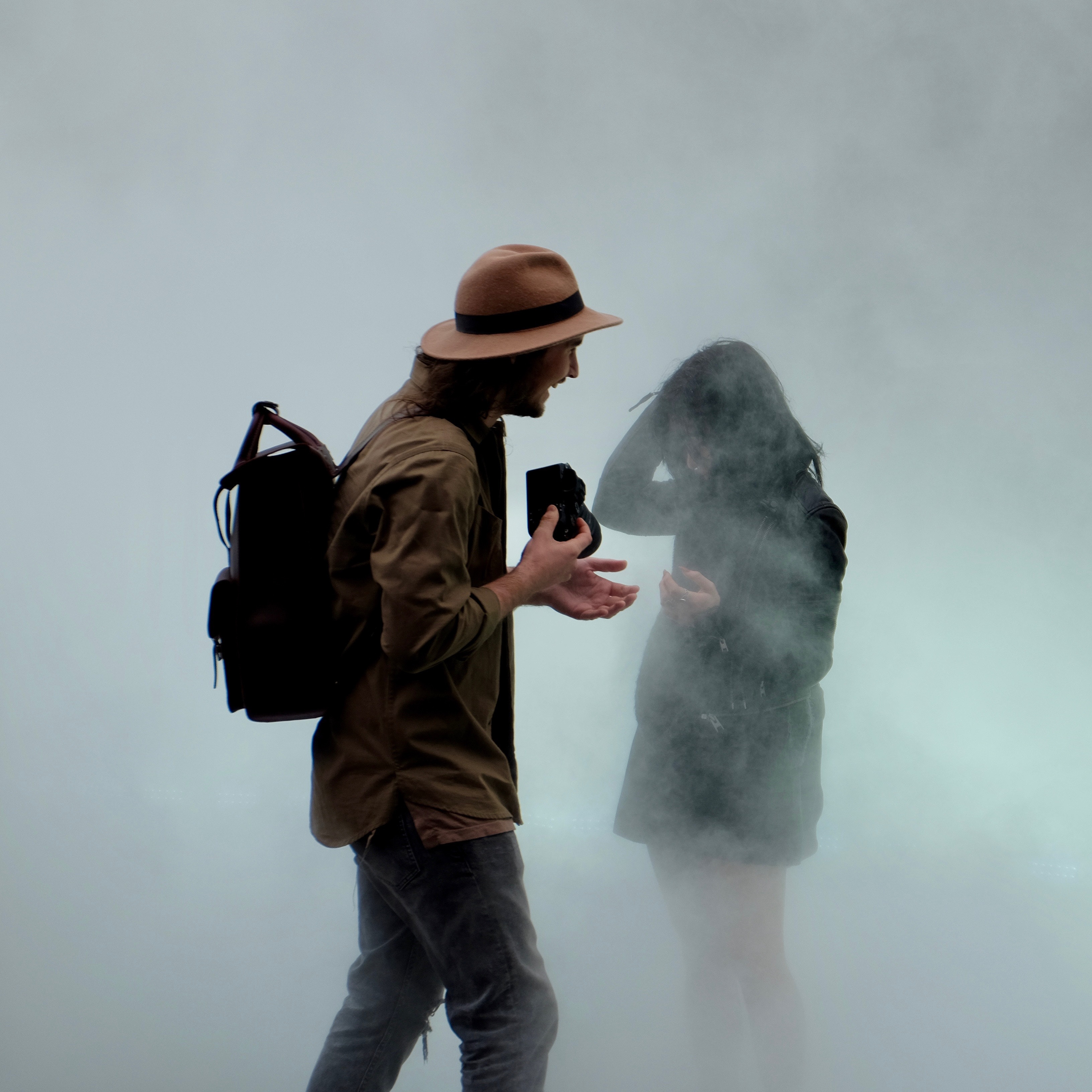
Each of the photographers featured on the School of Helsinki's website has their own statement and other portfolio-related goodies that are 100% free for viewing. If you’re into contemporary art photography, this will be a mouth-watering experience for you. Here you can read one of the many photographer’s statements on the site.
What To Do And What To Avoid
Avoid being subjective, and avoid the third-person tone. You must be absolutely honest about the intentions of your work because the main purpose of your statement is to justify your work and provide evidence of your mastery of your creative process.
For More On Artists Bios And Statements:
- How To Write An Awesome Bio Page For Your Photography Website SLR lounge has some great tips and tricks for you to follow primarily for bios on websites
- 8 Artist Statements We Love The Art League Blog has some great examples to peruse




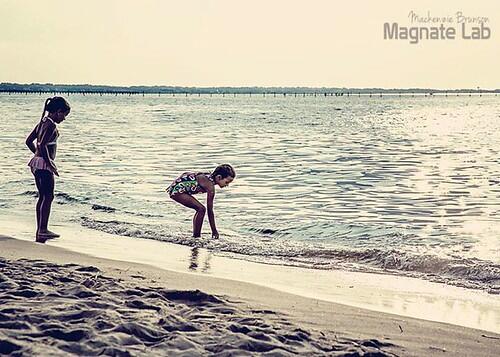
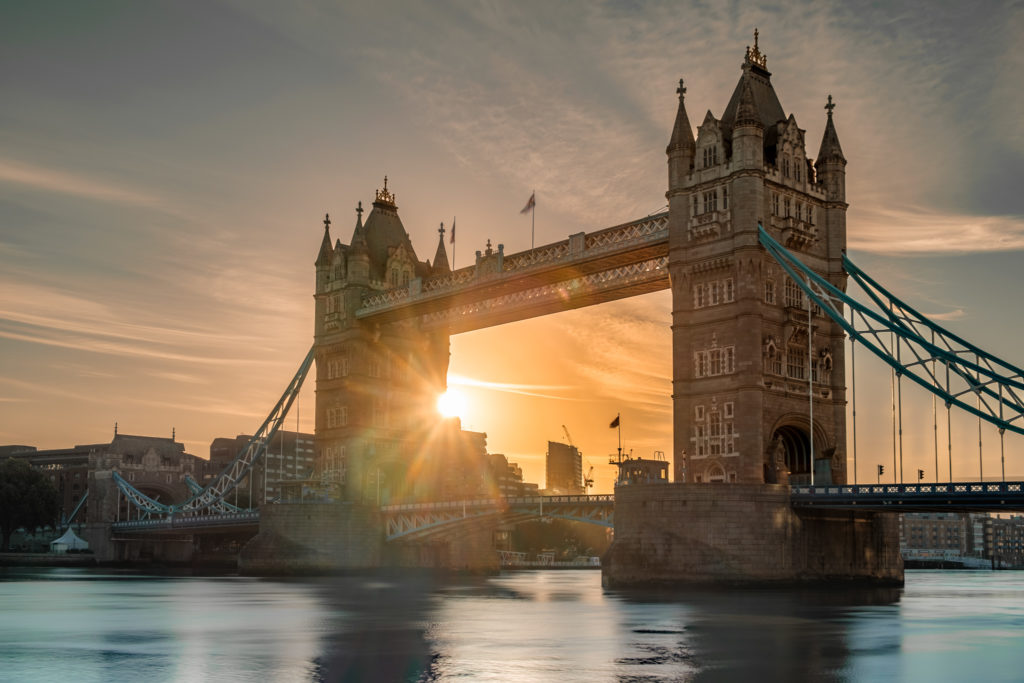
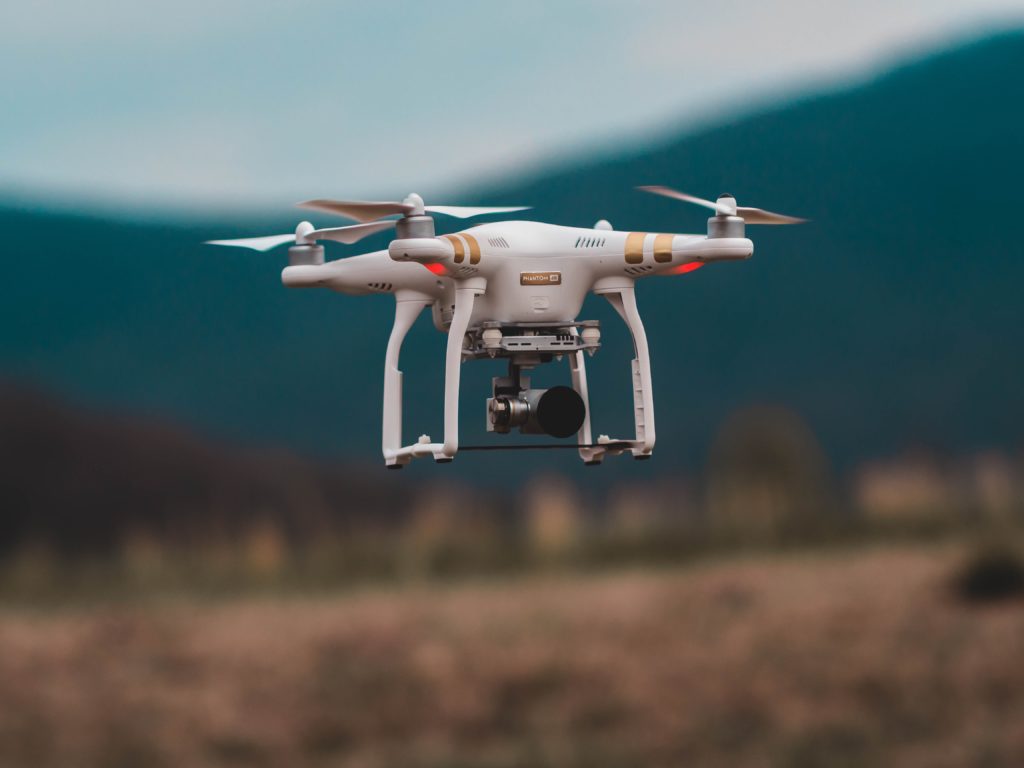
1 Comment
“If we want to grow in a disciplined way as photographers, we must be able to translate the real meaning and intention of our photographs into words.”
I fundamentally disagree with this opening statement to this article. I do think the post offers valuable insights but as photographers, if our images do not show the real meaning of what we are trying to communicate then we have failed, resorting to words is a second best